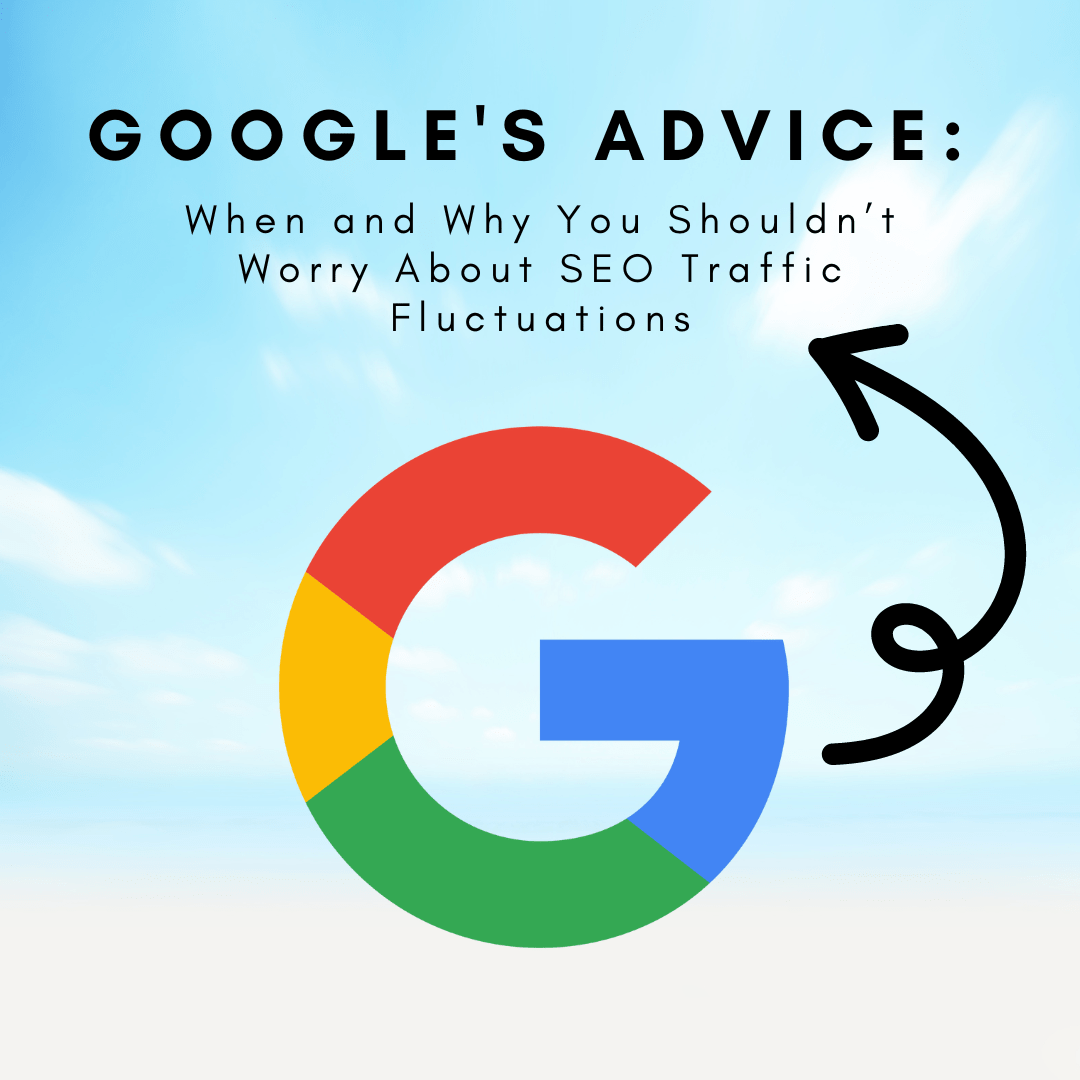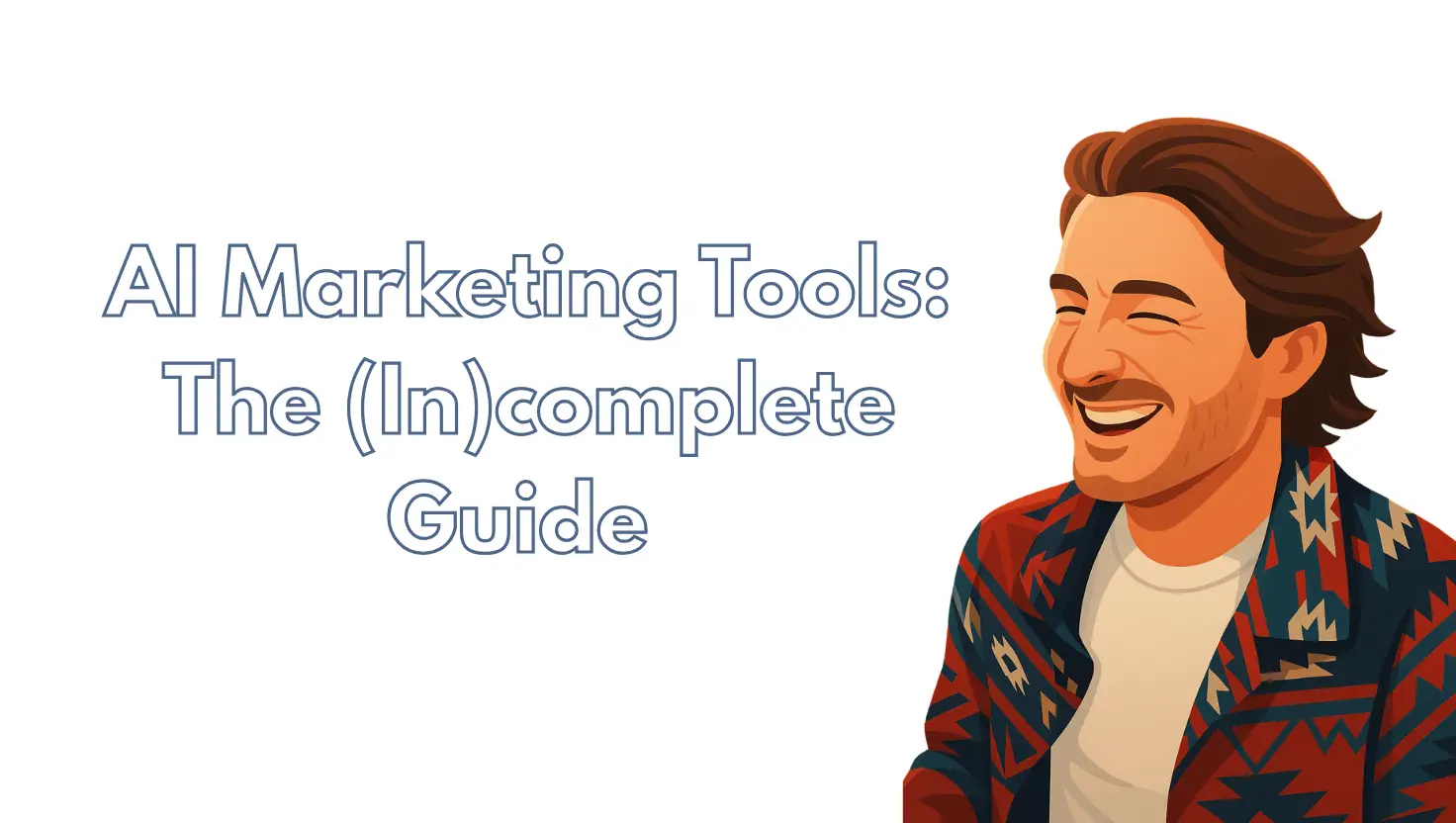Fluctuations in website traffic are an inevitable part of managing online visibility, especially when working in a rapidly evolving ecosystem like Google’s search engine. Search Engine Journal’s recent blog, “Google on When Not to Worry About Traffic Fluctuations,” offers valuable insight from Google Search Advocate John Mueller on when and why marketers should avoid panicking over traffic dips.
What causes SEO Traffic Fluctuations
- Seasonal Trends: Mueller emphasizes that seasonal trends are often responsible for traffic changes. Holidays, weather changes, and school schedules can significantly impact search behavior. This is something businesses should anticipate rather than fear. For example, eCommerce websites might see a natural decline in traffic post-holiday shopping seasons, which shouldn’t necessarily raise alarms.
- Google Algorithm Updates: One of the blog’s core takeaways is that not every traffic drop is related to algorithmic penalties. While Google frequently makes updates, these changes don’t always directly result in long-term traffic dips. If the quality of content remains high and follows E-A-T (Expertise, Authoritativeness, Trustworthiness) guidelines, rankings typically stabilize.
- Technical Glitches and Fixes: Website downtime or server errors can also cause temporary traffic fluctuations. While this can be concerning, it’s often easily fixable by addressing the technical problem. The blog encourages site owners to monitor these issues without overreacting to short-term traffic variations.
- New Pages or Content Updates: Publishing new content or redesigning a website often leads to brief traffic shifts as Google re-indexes your pages. It’s essential to remain patient during this process, as rankings typically adjust after search engines reevaluate the site’s structure and content.
- Competitor Actions: It’s not just your website that changes; the competitive landscape is constantly shifting. Competitor activity can cause fluctuations in your site’s rankings. Rather than immediately reacting, the blog suggests focusing on long-term strategies and maintaining a quality SEO foundation.
Sample Data on Traffic Fluctuations
To illustrate the point, here’s a sample dataset that compares organic traffic for an eCommerce store over three months, highlighting seasonal trends and Google algorithm updates:
| Month | Organic Traffic | Notable Event |
| November | 150,000 | Black Friday/Cyber Monday |
| December | 200,000 | Holiday shopping surge |
| January | 120,000 | Post-holiday decline |
| February | 115,000 | Algorithm update, but stable SEO |
This data highlights how traffic can fluctuate based on seasonal events like holiday sales, yet stabilize over time despite algorithmic changes. In this case, the eCommerce store experienced significant traffic peaks in December due to holiday shopping, followed by an expected decline in January. The algorithm update in February caused no significant impact, reaffirming the blog’s advice to focus on long-term performance rather than short-term drops.
What are examples of Traffic Fluctuations in SEO?
In the SEO world, traffic fluctuations can be unnerving, especially when businesses rely heavily on consistent organic search traffic. The recent blog from Search Engine Journal dives into when not to worry about traffic drops, focusing on Google’s perspective and expert opinions on understanding these variations.
Normal Variability in Traffic
Google emphasizes that short-term fluctuations are normal. Seasonal trends, user behavior changes, and events like product launches or holidays can contribute to shifts in traffic. These shouldn’t automatically cause alarm.
Sample Data: For instance, an eCommerce site may see a 15% drop in traffic during the post-holiday season due to decreased shopping interest. If this aligns with past trends, it’s part of the natural cycle rather than a sign of SEO issues.
Algorithm Updates
SEO practitioners are often wary of algorithm changes. However, Google suggests not panicking immediately after such updates. Fluctuations may stabilize within weeks as the changes take effect. It’s important to evaluate whether the traffic is targeting relevant queries, even if overall visits drop.
Sample Data: After a core update, a website that was previously ranking well for irrelevant keywords may see a 20% drop in organic traffic. Yet, the visitors they continue to attract are more qualified, leading to better engagement and conversions despite the lower numbers.
Localization of Search Results
Traffic may fluctuate when Google adjusts localized search results. For businesses targeting specific geographical areas, this means there could be temporary drops or spikes as search results recalibrate.
Mobile vs. Desktop
Changes in the way users access websites (mobile vs. desktop) can cause notable traffic shifts. Google encourages understanding user intent across different platforms instead of worrying about immediate drops.
Sample Data: A tech blog may experience a 10% increase in mobile traffic but a 7% drop in desktop traffic after Google adjusts its mobile-first indexing. Despite the overall traffic decrease, the mobile-first focus aligns with long-term user behavior trends.
Competitor Activity
Google hints that traffic drops might sometimes be due to competitors rather than SEO deficiencies. Analyzing competitors’ content updates and marketing strategies could reveal why a site is seeing dips.
Expert Opinions:
- Barry Schwartz, a renowned SEO expert, notes:
“Fluctuations are part of the game. Rather than worrying about every dip, focus on long-term trends and making improvements to content relevance and site health.”
This reinforces Google’s advice on focusing more on sustained strategies than immediate fluctuations. - John Mueller, a Google Search Advocate, often emphasizes:
“It’s easy to get caught up in every traffic drop, but what really matters is the value you provide to users. Focus on quality and trust the process.” - Marie Haynes, another authority in SEO, adds:
“Not every drop is a bad sign. Sometimes it’s just Google understanding your site better. If you lose traffic on irrelevant keywords, you may end up gaining it in more targeted areas over time.”
John Mueller, the primary Google Search Advocate quoted in the blog, shares wisdom often:
“There are tons of reasons why traffic can fluctuate… not everything is directly related to something you can tweak or need to fix on your website. Sometimes, it just happens naturally over time.”
Furthermore, industry experts also weigh in on the topic. Barry Schwartz, founder of RustyBrick and editor at Search Engine Roundtable, offers this take on traffic fluctuations:
“Chasing algorithm updates and every single ranking drop is not only futile but can also lead to making unnecessary changes to your site that could hurt you in the long run.”
Both Mueller’s and Schwartz’s perspectives align with a long-term view of SEO success—solidifying content quality, ensuring technical health, and avoiding knee-jerk reactions are essential to sustained performance.
Conclusion
Google’s statement underscores a fundamental lesson for SEO professionals: not every traffic fluctuation requires action. Focusing on the bigger picture, such as seasonal trends and content quality, while staying aware of technical health and competitor behavior, ensures long-term success in a field that can often be unpredictable.




